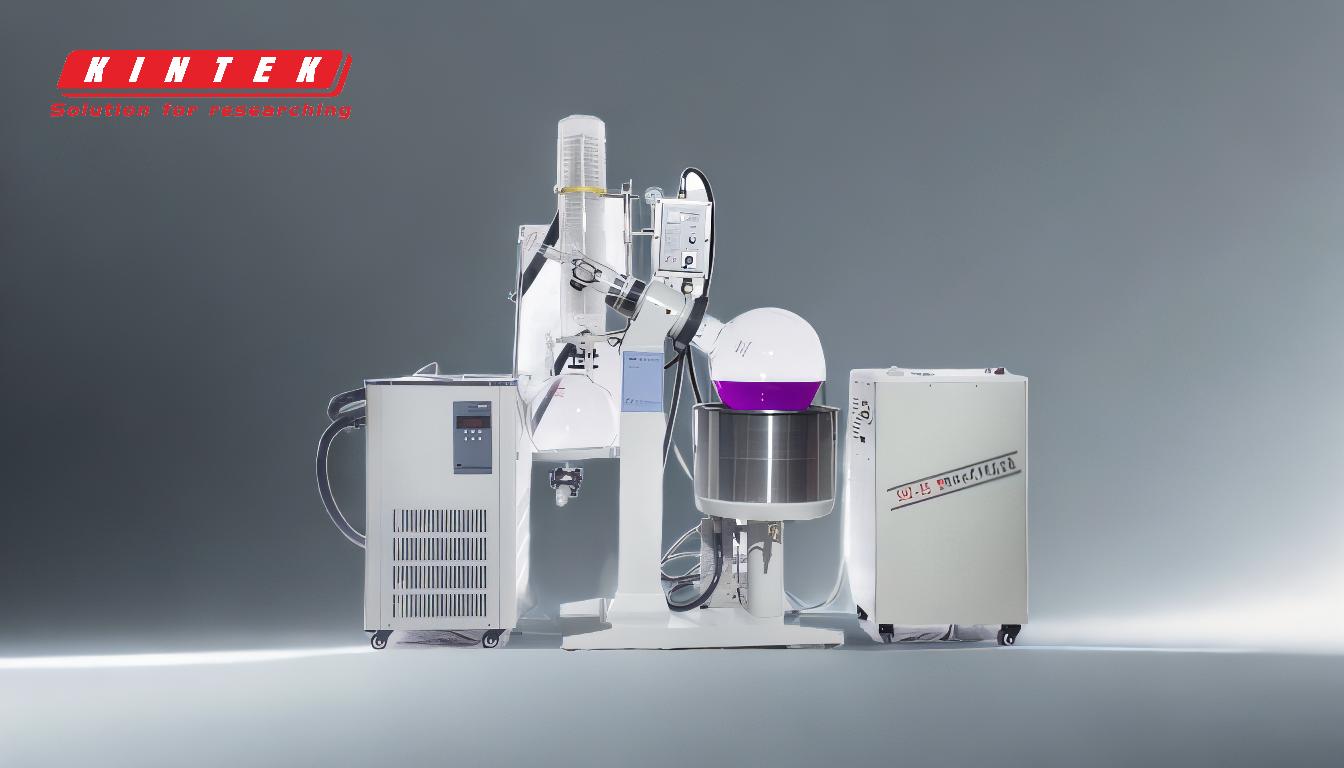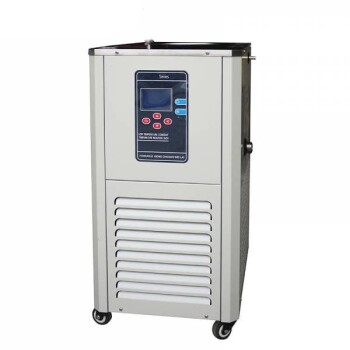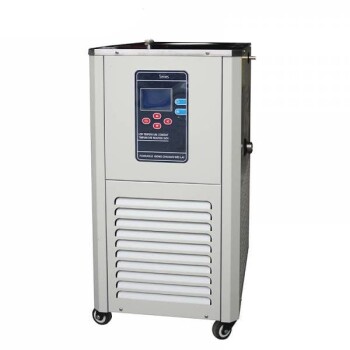The recovery rate of a rotary evaporator (rotovap) is influenced by several factors, including the efficiency of the evaporation process, the design of the equipment, and the operational parameters. The recovery rate refers to the percentage of the solvent or compound that is successfully recovered after the distillation process. Key factors affecting this rate include the vacuum degree, cooling water temperature, rotation speed, water bath temperature, and the type of solvent being evaporated. Proper optimization of these parameters can significantly enhance the recovery rate, ensuring efficient and effective distillation.
Key Points Explained:

-
Vacuum Degree:
- The vacuum degree is crucial for the evaporation rate and recovery efficiency. A higher vacuum reduces the boiling point of the solvent, allowing it to evaporate at lower temperatures. This is particularly important for heat-sensitive compounds.
- The vacuum system's tightness and the quality of components like vacuum pumps, sealing rings, and vacuum tubes play a significant role. Materials like PTFE are preferred for their wear and corrosion resistance.
-
Cooling Water Temperature:
- Lower cooling water temperatures improve the condensation efficiency, ensuring that the evaporated solvent is effectively recovered. This is vital for maintaining a high recovery rate.
- Efficient condensation prevents solvent loss, which directly impacts the overall recovery rate.
-
Rotation Speed:
- The rotation speed of the flask affects the surface area of the solvent exposed to heat, influencing the evaporation rate. Optimal rotation speeds ensure uniform heating and efficient evaporation.
- However, excessive rotation speeds can lead to splashing and loss of sample, reducing the recovery rate.
-
Water Bath Temperature:
- The temperature of the water bath must be carefully controlled to match the solvent's boiling point under the applied vacuum. Higher temperatures can increase the evaporation rate but may risk degrading heat-sensitive compounds.
- Precise temperature control is essential to maximize recovery without compromising sample integrity.
-
Type of Solvent:
- Different solvents have varying boiling points and evaporation rates under vacuum. The choice of solvent and its properties significantly influence the recovery rate.
- Understanding the solvent's characteristics helps in setting optimal operational parameters for maximum recovery.
-
Condenser Efficiency:
- The efficiency of the condenser unit is critical for recovering the evaporated solvent. High-performance condensers with adequate cooling power ensure minimal solvent loss.
- The type of condenser used (e.g., coil, spiral) and its design impact the overall recovery rate.
-
System Tightness and Leakage:
- Any leakage in the system can lead to a loss of vacuum, reducing the evaporation efficiency and recovery rate. Ensuring all connections are tight and using high-quality sealing materials is essential.
- Regular maintenance and inspection of the system can prevent leaks and maintain optimal performance.
-
Operational Parameters Optimization:
- Balancing all the above factors is key to achieving a high recovery rate. Each parameter must be optimized based on the specific requirements of the solvent and the sample being processed.
- Continuous monitoring and adjustment during the distillation process can help maintain optimal conditions for maximum recovery.
By understanding and controlling these factors, users can significantly improve the recovery rate of their rotary evaporator, ensuring efficient and effective distillation processes.
Summary Table:
| Factor | Impact on Recovery Rate |
|---|---|
| Vacuum Degree | Higher vacuum lowers boiling points, improving evaporation efficiency for heat-sensitive compounds. |
| Cooling Water Temperature | Lower temperatures enhance condensation efficiency, reducing solvent loss. |
| Rotation Speed | Optimal speeds ensure uniform heating; excessive speeds may cause sample loss. |
| Water Bath Temperature | Precise control matches solvent boiling points, maximizing recovery without sample degradation. |
| Type of Solvent | Solvent properties dictate optimal operational parameters for maximum recovery. |
| Condenser Efficiency | High-performance condensers minimize solvent loss, improving recovery rates. |
| System Tightness | Leak-free systems maintain vacuum efficiency, ensuring high recovery rates. |
| Operational Optimization | Balancing all factors ensures optimal recovery rates for specific solvents and samples. |
Maximize your rotary evaporator's recovery rate—contact our experts today for tailored solutions!
























